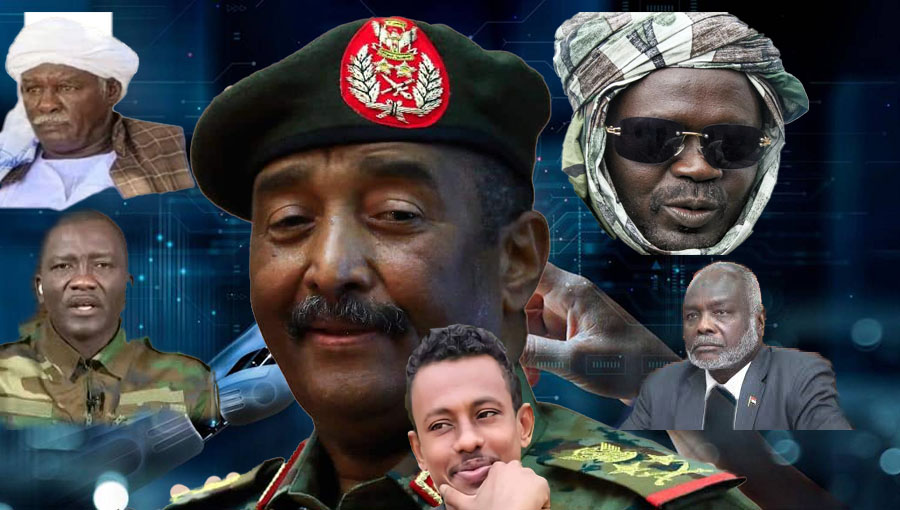
AI reacts to Al-Burhan’s move to place auxiliary forces under army law
Moatinoon
The Chairman of the Sovereignty Council and Commander-in-Chief of the Armed Forces, Lieutenant General Abdel Fattah Al-Burhan, issued a decision subjecting all auxiliary forces to the provisions of the Armed Forces Law.
Applying the Armed Forces Law of 2007 to all auxiliary forces means applying comprehensive command and control in accordance with the aforementioned law:
The auxiliary forces are subject to the Armed Forces Law comprehensively.
All these forces are under the full authority of the Commander-in-Chief.
Any auxiliary forces in any area within the states borders are under the full command and control of the Supreme Military Commander, including combat operations and administrative support.
The military police in all areas are to enforce discipline and military law on all auxiliary forces, including arrest, investigation, and referral to the military prosecution.
Citizens asked artificial intelligence about the implications of the decision and its expected repercussions. It replied:
Implications of the decision
Unifying legal authority: The decision ends the dual status enjoyed by some forces, which continued to operate as "supporting forces" without being fully subject to military discipline.
Disciplinary Message: It aims to strengthen central control and ensure that all fighters adhere to military orders, avoiding fragmentation or multiple loyalties.
A Clear Political Implication: Amid the ongoing war with the Rapid Support Forces, the decision represents an attempt to demonstrate that the army is the only entity legally authorized to conduct organized military operations.
Expected Implications:
Restructuring: This may pave the way for formally integrating these formations into the army, or redeploying their personnel within existing military units.
Strict Accountability: Any transgressions or violations committed by the supporting forces will be prosecuted by military tribunals, potentially limiting security chaos.
Challenges: It is likely that the military leadership will face difficulties in enforcing the decision in practice, especially with some groups accustomed to operating with relative autonomy.
Impact on the Public Landscape: This move may pave the way for reducing the presence of paramilitary forces, which could contribute in the long term to building a more cohesive army, but it may also provoke resistance from some forces that view the decision as diminishing their influence.

